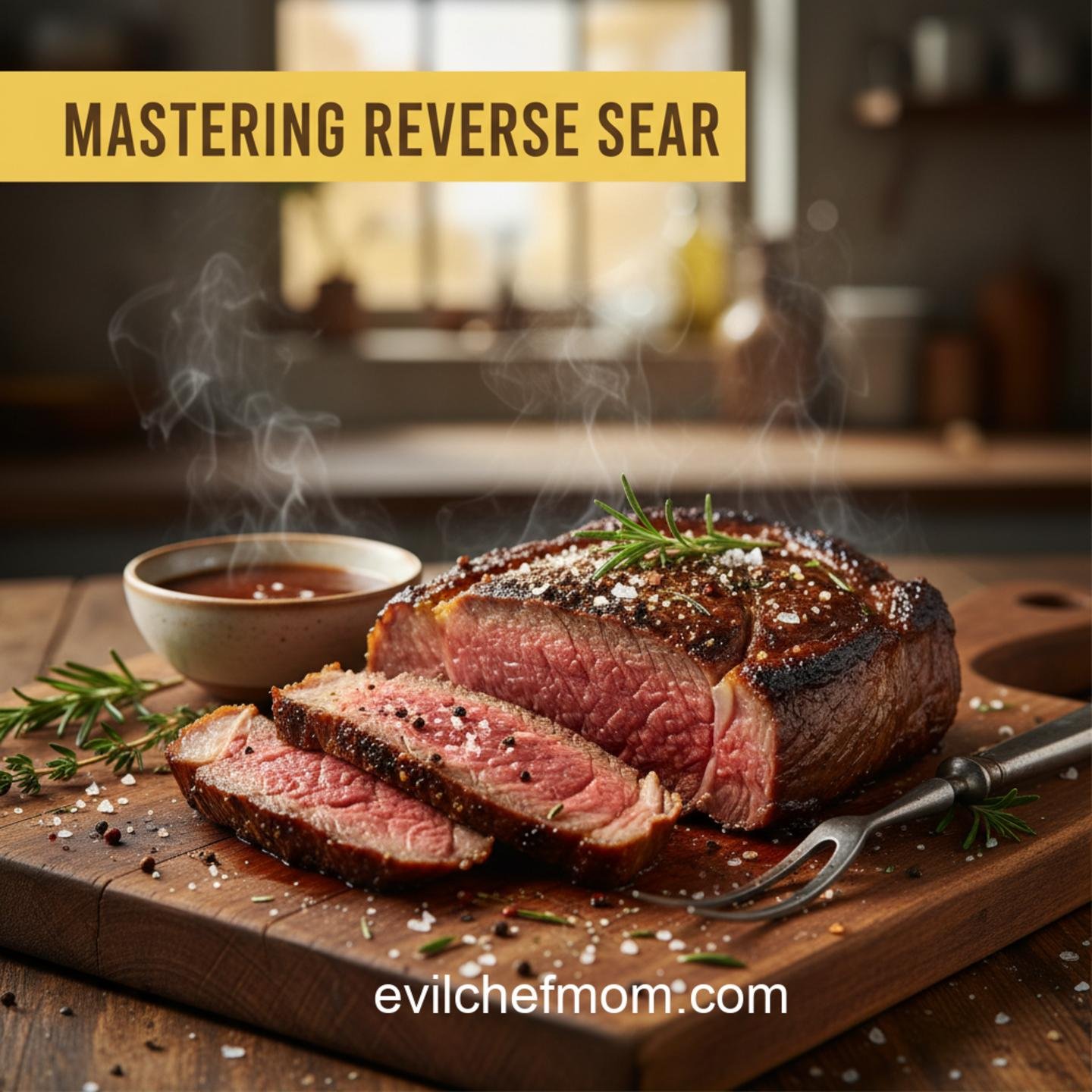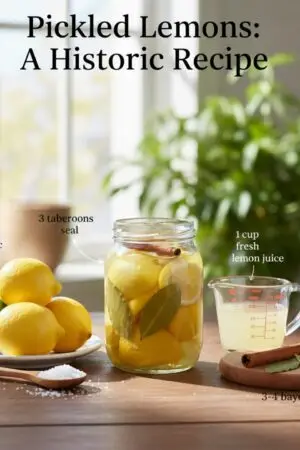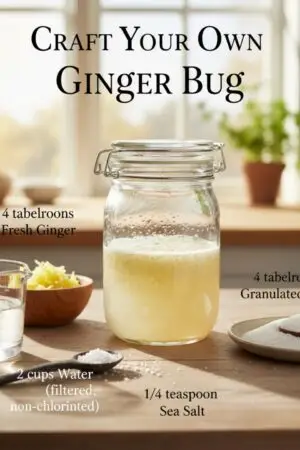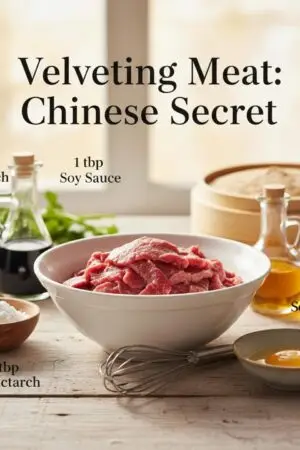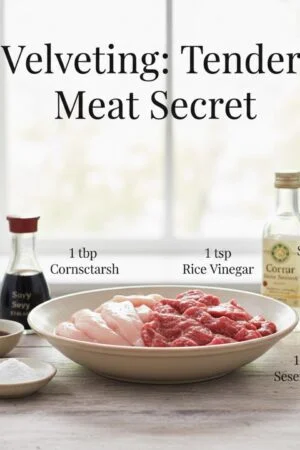A simple yet effective method to achieve a perfectly cooked ribeye steak with a juicy interior and a beautiful, crispy crust. Ideal for steak lovers.

Mastering Reverse Sear Ribeye
A simple yet effective method to achieve a perfectly cooked ribeye steak with a juicy interior and a beautiful, crispy crust. Ideal for steak lovers.
Ingredients
- 1.5 lb bone-in ribeye steak about 1.5 inches thick
- 1 tbsp avocado oil or other high smoke point oil
- 2 tbsp unsalted butter
- 2 cloves garlic minced
- 1 sprig fresh rosemary optional
- 1 sprig fresh thyme optional
- to taste salt
- - freshly ground black pepper
Instructions
- Pat the ribeye dry with paper towels and season generously with salt and freshly ground black pepper on all sides. Allow it to sit at room temperature for 30-60 minutes.
- Preheat your oven to 250°F (120°C). Place the seasoned ribeye on a wire rack set inside a baking sheet.
- Cook in the preheated oven until the internal temperature reaches 115°F (46°C) for medium-rare, or your desired doneness. This typically takes 30-45 minutes depending on thickness. Use a meat thermometer for accuracy.
- Once the steak reaches the target temperature, remove it from the oven and tent loosely with foil. Heat a heavy-bottomed skillet (preferably cast iron) over high heat until smoking hot.
- Add avocado oil to the hot skillet. Carefully place the ribeye in the pan and sear for 2 minutes on the first side until a deep brown crust forms.
- Flip the steak and add butter, minced garlic, rosemary, and thyme (if using) to the pan. Baste the steak continuously with the melted herb butter for the remaining 2 minutes on the second side.
- Optionally, sear the edges for 30 seconds each side for an all-over crust.
- Remove the steak from the pan and let it rest on a cutting board for at least 10-15 minutes before slicing against the grain.
- Serve immediately and enjoy your perfectly cooked reverse-seared ribeye.
Notes
Use a reliable meat thermometer for best results. Resting the steak is crucial for juicy results. Feel free to experiment with different herbs like thyme or sage for basting.
